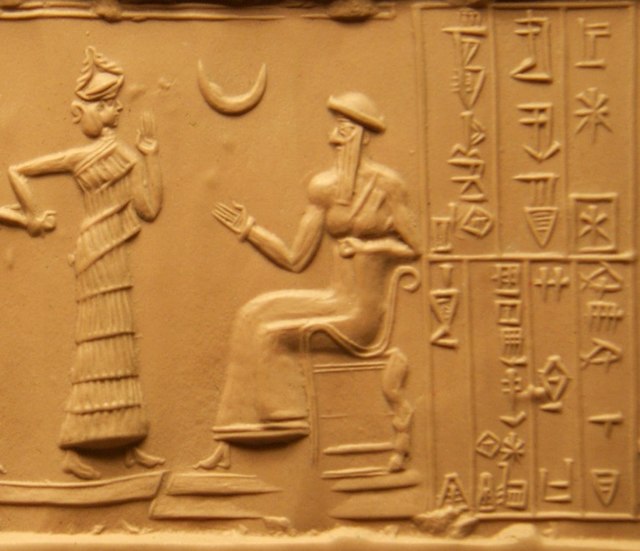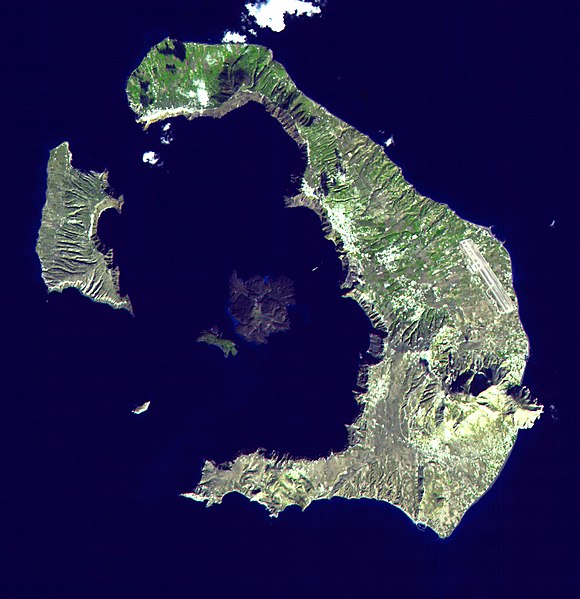The Third Dynasty of Ur, also called the Neo-Sumerian Empire, refers to a 22nd to 21st century BC Sumerian ruling dynasty based in the city of Ur and a short-lived territorial-political state which some historians consider to have been a nascent empire.
Utu-hengal, Lugal of the Sumerian city of Uruk, praying for victory against the Gutian king Tirigan. 19th century illustration.
Iddin-Sin, King of the Simurrum. The Simurrum, a mountain tribe, were vanquished by the armies of the Third Dynasty of Ur, c. 2000 BC (detail)
Enthroned King Ur-Nammu, founder of the Third Dynasty of Ur c. 2047 BC, on a cylinder seal. His name appears vertically in the upper right corner (𒌨𒀭𒇉).
The Lament for Ur, commemorating the fall of Ur to the Elamites. Louvre Museum.
Chronology of the ancient Near East
The chronology of the ancient Near East is a framework of dates for various events, rulers and dynasties. Historical inscriptions and texts customarily record events in terms of a succession of officials or rulers: "in the year X of king Y". Comparing many records pieces together a relative chronology relating dates in cities over a wide area.
Venus Tablet of Ammisaduqa
Sumerian King List
Five Amarna letters on display at the British Museum
Santorini/Thera








